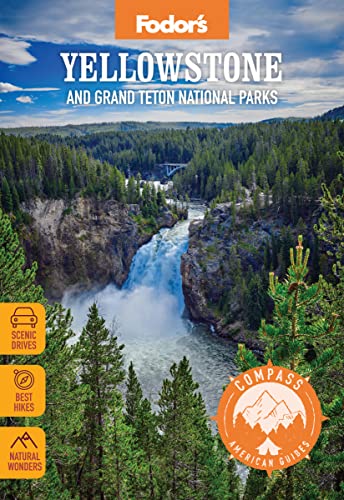Plants and Wildlife in Grand Teton
Grand Teton's short growing season and arid climate create a complex ecosystem and hardy plant species. The dominant elements are big sagebrush—which gives the valley its gray-green cast—lodgepole pine trees, quaking aspen, and ground-covering wildflowers such as bluish-purple lupine.
Short Growing Season
In spring and early summer you will see the vibrant yellow arrowleaf balsamroot and low larkspur. Jackson Hole's short growing season gives rise to spectacular if short-lived displays of wildflowers, best seen between mid-June and early July. The changing of the aspen, willow, black hawthorn, and cottonwood leaves in early fall can be equally dazzling.
Oft and Rarely Seen Wildlife
On almost any trip to Grand Teton, you'll likely see bison, pronghorn antelope, and moose. More rarely you will see a black or grizzly bear, a fox, or a wolf. Watch for elk along the forest edge, and, in the summer, on Teton Park Road. Oxbow Bend and Willow Flats are good places to look for moose, beaver, muskrats, and otter in twilight hours any time of year. Pronghorn and bison appear in summer along the highway and Antelope Flats Road.
Smaller Animals
The park's smaller animals—yellow-bellied marmots, pikas, and Uinta ground squirrels, as well as a variety of birds and waterfowl—are commonly seen along park trails and waterways. Seek out water sources—the Snake River, the glacial lakes, and marshy areas—to see birds such as bald eagles, ospreys, Northern harriers, American kestrels, great blue herons, ducks, and trumpeter swans. Your best chance to see wildlife is at dawn or dusk.




